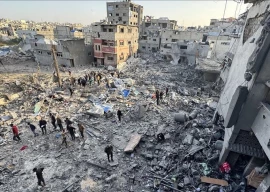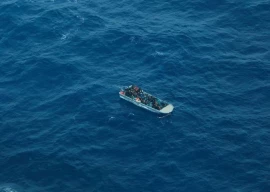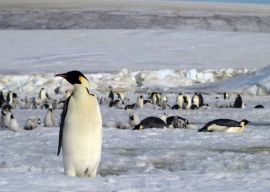
"Beyond 30 kilometers, it is clear that there are patches of contamination, and that a certain number of products have been polluted," Andre-Claude Lacoste said at a briefing.
"It is obvious that managing contaminated areas is going to take years, if not decades," he added
Effectively more than doubling the previous exclusion zone the government last week asked people living between 20 and 30 kilometers from the plant to leave voluntarily.
Even inside the plant, disabled monitors and gauges make it impossible to determine water levels in spent fuel pools, or to know what percentage of fuel rods in the reactors might have melted, Lacoste said.
Workers trying to restore systems to cool overheating fuel rods sought on Monday to work around puddles of dangerously radioactive water discovered inside reactor number two.
Experts fear that the primary containment vessel housing the number two and three reactors are no longer intact, at that highly-contaminated water could be seeping into the soil or nearby sea.
"The situation remains extremely serious, and we remain in a major crisis," Lacoste said.
Only with the restoration of the plant's cooling systems and a steady supply of fresh water will it be possible to stabilise the reactors, he added.
Daily ASN assessments of the nuclear crisis, caused by the March 11 earthquake and subsequent tsunami, are based on data from French nuclear experts in Japan, Japanese scientists and officials, and other governments monitoring the crisis, he said.


















COMMENTS
Comments are moderated and generally will be posted if they are on-topic and not abusive.
For more information, please see our Comments FAQ